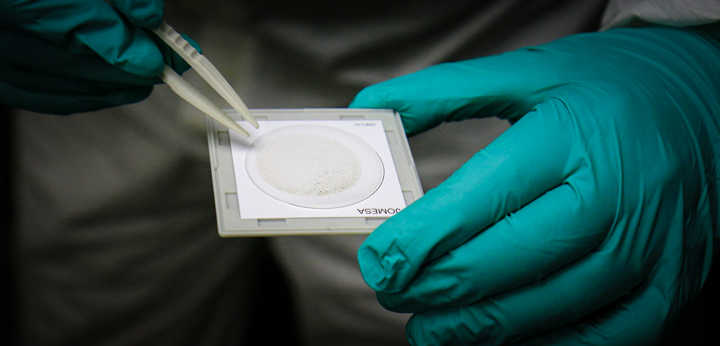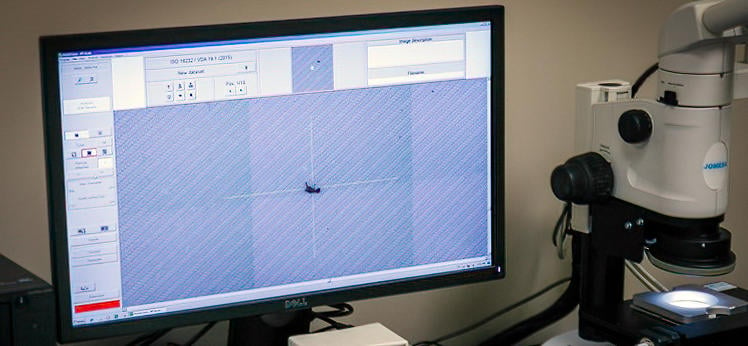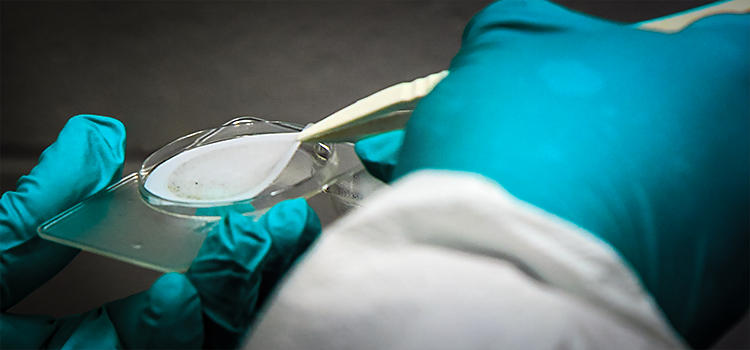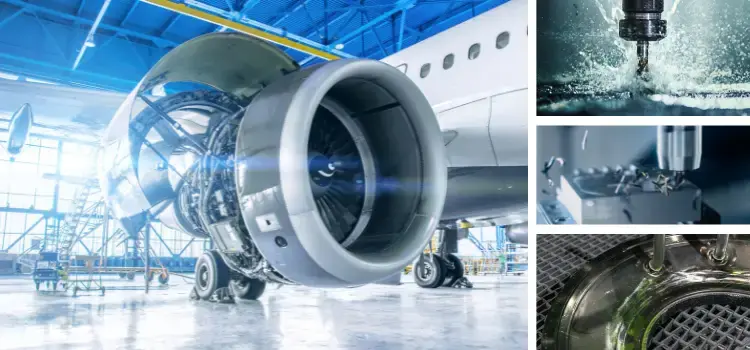Cleanliness requirements and specifications are an essential part of the manufacturing process. To better understand their role and the difficulties that may arise in meeting such specifications, it's essential to consider the following aspects:
- The cleaning process
- How cleanliness standards work
- The impact of the parts washer surroundings and part handling procedures to and from the test area.
Previous PROCECO blogs such as Aqueous Cleaning Fundamentals and Standards of Cleanliness provide a solid background for the first two points. This blog focuses on factors that make meeting cleanliness requirements difficult and how we can address them.
THE CONTAMINANTS
The contaminant particles that impact cleanliness requirements are extremely small. While pollen grains and white blood cells are both 30 microns in diameter, many particles affecting cleanliness test results measure only 15 microns or less.
Choosing the appropriate filtration can help reduce the quantity of such particles, but once they're deposited on a surface, these particles can be very difficult to remove. Forces of adhesion such as humidity in the air, capillary forces, and metal working fluids (MWF) cause such particles to adhere to workpiece surfaces.
WHY CONTAMINANTS ARE A PROBLEM
Dedicated research and materials expertise at OEM technical centers have concluded that remaining abrasive particles are a primary cause of premature war of internal components in assemblies. To mitigate this, cleanliness requirements are implemented to limit the remaining number of particles on the part.
Particles that are 25 microns and below in size can impact assembles that involve constant metal-to-metal contact (ex. transmissions). The acceptable number of particles, based on new standards, are grouped in a range of sizes and have been reduced in quantity by as much as a factor of 10.
This more stringent particle count requirement is increasingly problematic for Tier 1 suppliers to consistently meet on machined parts. It's not practical to replace ceramic abrasives with anything else in the machining process, so the problem of particle contamination can only be addressed by identifying the source of the contamination and taking action to reduce it as much as possible.
THE SOURCE OF CONTAMINANT PARTICLES
Particles are often produced by upstream processes necessary for the production of a component: grinding, polishing, and blasting. These require abrasive media that is harder than metal to lightly remove material from the surface, typically to reduce the surface roughness or prepare the surface for non-abrasive processes such as heat treatment or welding. The presence of such particles on workpieces is a by-product of machining and finishing, which are among the primary work activities for component manufacturing. Since these are necessary manufacturing activities and value-added processes, their contribution of contaminants must be managed and reduced as much as possible.
Other particle sources are related to conditions in the parts washing environment, such as the following:
- Proximity to adjacent activities that produce additional particles
- Ventilation fans that produce air displacement near the parts washing equipment
- Improper part handling during the cleaning process, and afterwards to/from the test area
- Storing cleaned parts in an unclean environment, thereby collecting debris
There may also be deficiencies in the testing process, procedures, or environment. For example, one customer facility we analyzed included a laboratory with an insufficient ventilation system and that was located close to a machining facility. Additionally, while test personnel wore gloves during the testing process, they wore no special clothing such as laboratory coats, so these conditions all combined to increase the risk of contamination during the testing and handling process.
ADDRESSING THE PROBLEM: IN-SITU ANALYSIS
PROCECO proposes two ways to address this problem:
- Ensuring the parts washing machine is built in such a way that its performance meets the scope required by the customer: PROCECO has developed special manufacturing methods to eliminate the introduction of abrasives including a dedicated clean room environment for machine assembly and testing, and an adequate laboratory area with advanced equipment.
- Analyzing how the parts washing machine cleans and optimizing its environment. This includes factors such as chemistry, wash pressure, filtration, ventilation, and a careful analysis of the production environment in which the parts washer will operate. This helps to keep the part clean for Millipore testing and to ensure that the customer's laboratory testing method and environment accurately reflects the true cleanliness of the part.
CONCLUSION
Meeting increasingly demanding cleanliness specifications is not a problem that will go away. It's going to continue to assert a stronger presence, especially as electric vehicles become more prominent. Therefore, it's vital that parts manufacturers address the issue directly and thoroughly.
It's not a matter of cleaning more aggressively, we have to clean smarter, and more strategically. These strategies require the collaboration and efforts of Tier 1 manufacturers, parts washer manufacturers, and chemistry suppliers to improve the overall cleaning conditions.
To achieve this, we need to understand the problems, process, and sources; this includes the materials science and chemical properties in addition to the mechanical aspects.
PROCECO recognizes this and encourages you to contact us to help you solve these complex problems!



